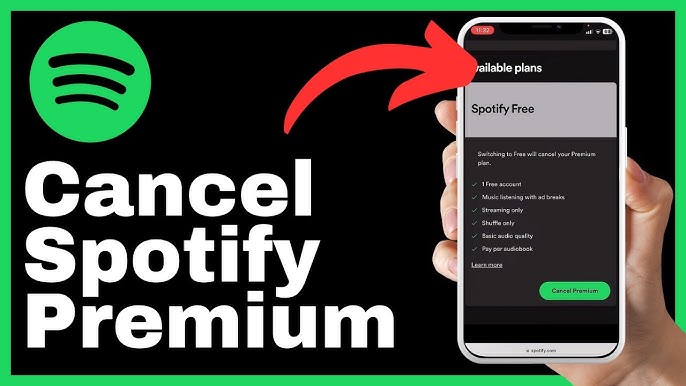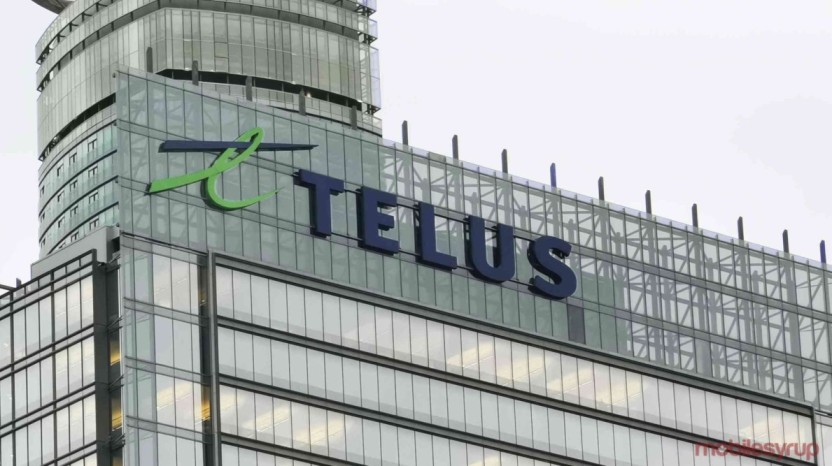tech
Google’s Play Store becomes the victim of Antitrust Lawsuit filed by the Multiple States.
It is not new that many nations have targeted big
multinational companies like Google and Facebook earlier for their exceptional
market power. Google has become the main target of many states this time for
the offensive revolt against Big Tech. On 7th July, attorney generals from
thirty-six states and the District of Columbia filed an antitrust lawsuit which
targets Google’s Play Store. This is the fourth major antitrust lawsuit that
the US government officials have charged Goggle with in the past ten months.
The US states are targeting Play Store this time which is the power hub of any
Android device in order to download applications.
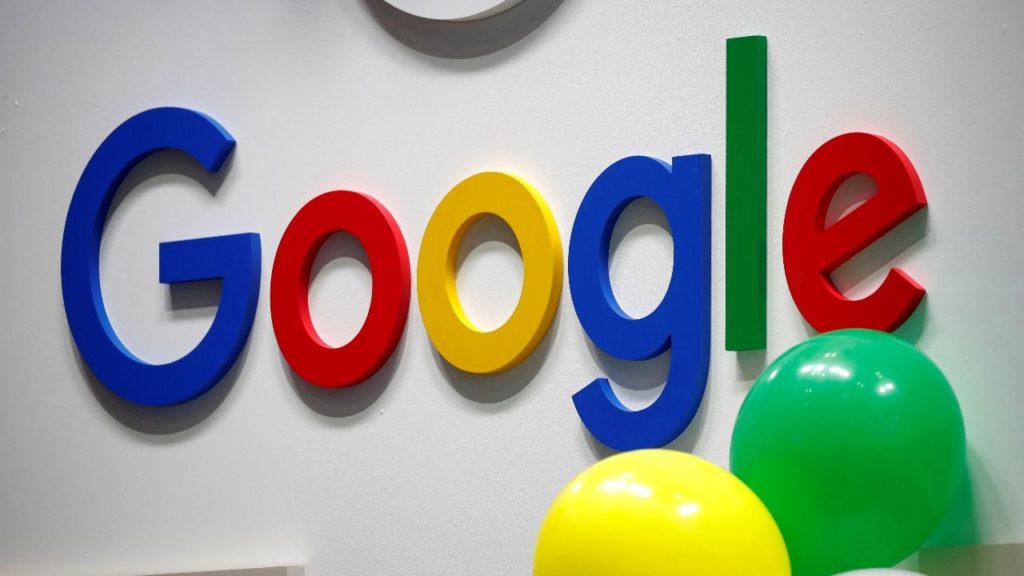
The Antitrust Lawsuit
The complaint launched against Google constitutes 144 pages and it was filed late on Wednesday. All the nations have filed the lawsuit together in a Northern California federal court against Google. Several attacks on a large tech conglomerate like Google will begin to form a stale relationship between the US nations and the company and most of the time common people become the victim of such battles. People are immensely dependent on the services and products provided by Google’s Play Store and any disruption of these services would cause a huge loss for the Android users and more.
Also, the lawsuit filed against Google also comes
as a backdrop of proposed laws in Congress curated in a way that will either
break up or undermine the massive power of the company (The Indian Express).
Though the antitrust lawsuit of yesterday has been filed against Google, the
target here is every giant tech company like Google, Apple, Amazon and Facebook
that holds unfathomable power in the market. Each of these four companies have
built a trillion-dollar market due to the huge popularity of their services and
a huge fraction of the population using it.
Reason for Filing Lawsuit
The recent lawsuit resembles the one filed by Epic, mobile game maker voicing against both Google and Apple. Epic raised the concern about the control that Google exerts on the Play Store. It mentioned that Google collects commission for up to 30 percent for digital transactions taking place in these apps that are run on Android and installed by the users. And, these Android users accounts for almost 80 percent of the total smartphone market. Epic has filed against both Apple and Google but the trial with Google is still awaiting.
The commission charged by Google is similar to
the terms of Apple but Google also allows its customers to download
applications from other sites apart from Play Store. But, Apple users can
strictly install apps only from its store and no other outlets. But, the
lawsuit filed yesterday specifically mentions that it seems like Google’s
android software is an open operating system but in real life it doesn’t allow
customers with much choices.
Allegations Against Google’s Play Store
The complaint says that over the years Google has
deployed many tactics to create unhealthy competition. Google made sure that it
distributes more than 90 percent app on these Android devices which according
to the nations is an illegal monopoly. The government officials says that it is
hurting the developers of these apps who have less resources to innovate. Sean
Reyes, Utah Attorney General has said that Google’s monopoly is creating a
havoc in the marketplace as it is harming small businesses and consumers.
In response to all these allegations Google
didn’t instantly respond to a request for a lawsuit. But, Google has been
targeted by multiple nations in the past one year and it is defending itself
confidently in each case. The concerns have grown against the dominant power of
its search engine as well as its digital network that generates more than $100
billion revenue for Alphabet Inc.
Previously in response to how small businesses were
getting affected by 30 percent commission cut, Google reduced it to 15 percent
for the first $1 million revenue. But, even after doing so the situation didn’t
cool down and several nations are still trying to dilute the power of these
four biggest companies.

Annasha Dey is an NIT student, who apart from studying engineering is also a content writer. She has a great interest in photography, writing, reading novels, and travelling as well. She is a foodie who loves socializing and hanging out with her friends. She is also a trained Kathak dancer and a big fashion enthusiast. Dey also loves watching TV series, which includes F.R.I.E.N.D.S. and Big Bang Theory. To be a better writer she prefers to read more
Telus Communications Inc. – The Largest Telecom and Internet Network in Canada
Telus Communications Inc. is a Canada-based telecommunications company founded in 1990 in Edmonton, Alberta, Canada. The company is the second-largest telecommunication company in Canada and offers its services on an international level as well. The company is a leading telecom company in Canada, making billions of revenues every year. As of 2020, Telus earned worth C$15.34 billion in revenues.
Telus Communications is among the top 100 best companies for employees, and as of 2019, over 65,000 people are working for it globally. Public Mobile, Alarmforce Canada, and Koodo Mobile are some of its major subsidiaries, providing services in the field of mobility, TV, internet/fiber, smart home security, healthcare, etc. Earlier, the company headquarters was in Alberta, which now has been moved to Vancouver, British Columbia, Canada.
The Founding of Telus Communications
The government of Alberta founded Telus as Telus Corp in 1990. The company was founded to encourage the privatization of the government-owned Alberta Government Telephones (AGT). This service was the most used telephone service in Alberta, except in Edmonton. Telus Communications is among the top 100 best companies for employees, and as of 2019, over 65,000 people are working for it globally. was a holding company, and to expand its operations into Edmonton, Telus acquired Edmonton Telephones Corporation (EdTel) in 1995. The same year, the company established the consumer internet service, and the next year, it launched Canada’s first Internet Yellow page service, i.e., Alberta.com. By 1996, AGT and EdTel had become a part of Telus.
The year 1997, Telus received approval for running multimedia service trials in Edmonton and Calgary from the CRTC. In 1999, Telus had a merger with BC Tel resulting in another big expansion for Telus, making it the second-largest telephone service in Canada. The same year, Telus Corp was renamed Telus Communications.

Telus, in 2005, merged its mobility department, Telus Mobility, with Telus Communications, resulting in the integration of the wireline and wireless segments of the company. In 2009, the company launched a 3G+ wireless network, becoming the largest 3G+ network in Canada. Telus Communications won the most outstanding philanthropic corporation with a global award in 2010.
Telus Health launched an electronic service (first of its kind in Canada) for people to track their health in 2010. The next year, Telus launched the 4G+ wireless network in Canada, offering up to 42 Mbps downloading speed. Telus also became the first company to offer the Facebook app on its TV service in 2012. The same year, it launched the 4G LTE wireless network in 14 metropolitan cities in Canada.
Telus Communications Acquisitions
In June 2000, Telus acquired the market-leading bill integration firm CAG-TAMS. It also acquired the shares of GTE in Québec Téléphone (one of the oldest telecom companies in Quebec) in August 2000 and later renamed it to Telus Québec on April 2, 2001. On 25 October 2000, Telus acquired Clearnet to launch a wireless service in Canada. The next year Telus went on to acquire more companies, including Northwest Digital (NWD) Systems Inc., Columbus Group., PSINet’s Canadian operations and facilities, Daedalian Solutions Inc., Arqana Technologies Inc., and QuebecTel.
In the further years, Telus made some other acquisitions, including ADCOM, Inc. (2004), Assurent Secure Technologies (2006), Emergis (2008), Black’s Photography (2009), Public Mobile (2013), etc.
The CEO: Darren Entwistle
Darren Entwistle is the CEO and the President of Telus Communications. He is a native of Montreal, Quebec, and completed his high school education at a local public school. Darren has a Bachelor’s degree in Economics (Honours) from Concordia University and an MBA (Finance) from the McGill University Desautels Faculty of Management. He also has got a diploma in Network Engineering from the University of Toronto.
Darren joined Telus in 2000, and before that, he had been with companies like George Weston Ltd., the Business Council of Canada, TD Bank Financial Group, McGill University Board of Governors, and Bell Cablemedia Plc. Bell Cablemedia Plc is a UK-based company, where Darren served as an executive. Being with Telus for the past 20 years has made Darren the longest-serving CEO amongst all the telecommunication companies worldwide.

Yashica is a Software Engineer turned Content Writer, who loves to write on social causes and expertise in writing technical stuff. She loves to watch movies and explore new places. She believes that you need to live once before you die. So experimenting with her life and career choices, she is trying to live her life to the fullest.
Xiaomi launched the new Mi Notebook Pro X 15 with a 15.6-inch 3.5K Samsung E4 OLED Display.
Xiaomi is an internet company that focuses on smartphones and smart hardware that are linked by an Internet of Things (IoT) platform. Xiaomi strives for a high-quality user experience and operational efficiency while emphasizing both innovation and quality. The company works tirelessly to create amazing products at reasonable prices so that everyone on the planet can live a better life through innovative technology. With 324.8 million smart devices connected to its platform, excluding smartphones and laptops, the company has established the world’s leading consumer AIoT (AI+IoT) platform.
When a notebook or laptop launch appears on the horizon in a sea of smartphones, it instantly becomes an eye-ball grabber. In recent weeks, this has been happening with the Realme Book laptop, and now Xiaomi has launched its notebook. The company is rapidly expanding its notebook portfolio. The Mi Notebook Pro 14 and Mi Notebook Pro 15 were released earlier this year. Xiaomi has added another notebook to its Pro lineup today. The Mi Notebook Pro X 15, Xiaomi’s latest laptop, has been released in China, featuring high-end hardware and a high-resolution display.
Pricing for the Mi Notebook Pro X 15
The 11th-generation Intel Core i5-11300H processor variant with 16GB RAM and 512GB SSD storage is priced at CNY 7,999 (roughly Rs 92,100) for the Mi Notebook Pro X 15. At CNY 9,999, there is also a high-end Intel Core i7-11370H processor, 32GB RAM, and 1TB SSD storage (about Rs. 1,15,100). Both variants are currently available for pre-order in China, and shipments will begin on July 9. However, the Mi Notebook Pro X 15’s global availability and pricing have yet to be announced. Here are all of the laptop’s detailed specifications.
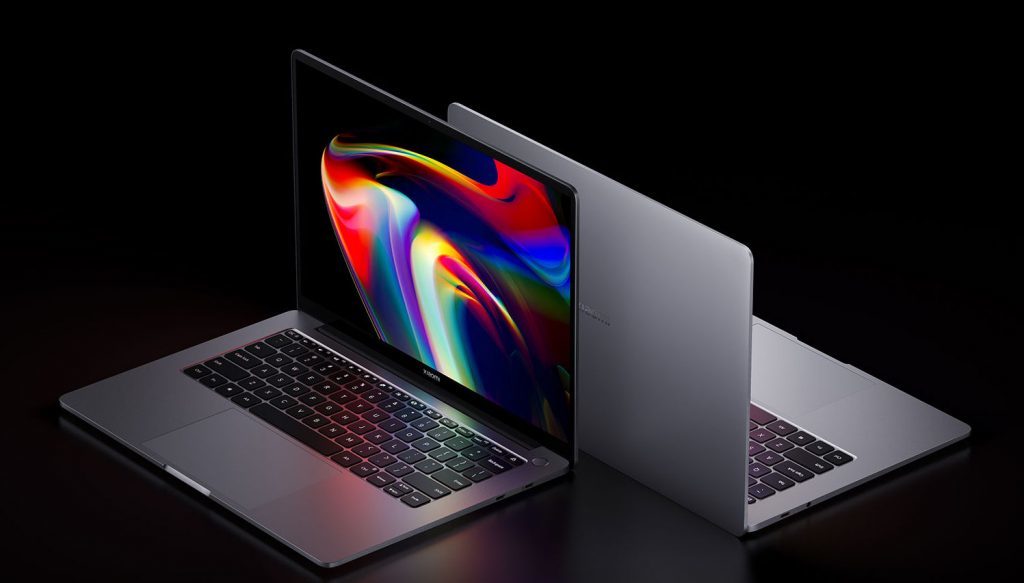
Details and Specifications
The Mi Notebook Pro X 15 runs Windows 10 Home and has a 15.6-inch 3.5K (3,456×2,160 pixel) Samsung E4 OLED display with 261ppi pixel density, a 16:10 aspect ratio, and a 100 percent sRGB and DCI-P3 color gamut. The display is also DC dimmable and has a peak brightness of 600 nits. In addition, the laptop has a thin profile, making it portable enough to be used as an ultrabook. The 348.9×240.2×18.47mm Mi Notebook Pro X 15 weighs 1.9 kilograms.
Xiaomi has also chosen a metal body for the laptop, giving it a premium look and feel. It’s made of a 6-series aluminum alloy that’s been shaped with a Computerized Numerical Control (CNC) machine. Under the hood, there is up to an 11th-generation Intel Core i7 processor, Nvidia GeForce RTX 3050 Ti graphics as standard, and up to 32GB of LPDDR4x RAM. The laptop also has up to 1TB of PCIe storage. The laptop has Nvidia GeForce RTX 3050 Ti graphics and faster-charging support for the built-in battery.
Xiaomi has included a full-size, backlit keyboard with 1.3mm key travel. A built-in ambient light sensor allows the machine to automatically adjust the lighting of the keyboard and display based on the environment. Users can also manually adjust the keyboard backlight in three different levels.
The Mi Notebook Pro X 15 has Bluetooth v.5.2 and Wi-Fi 6 and two USB-A 3.2 Gen 2 ports, a USB Type-C port, Thunderbolt 4, a 3.5mm headphone jack, and an HDMI 2.1 port. A fingerprint sensor is also embedded within the power key, allowing for one-key boot and unlock functionality. The Mi Notebook Pro X 15 features four DTS-enabled speaker units. A 2×2 microphone array is also included, as is a built-in 720p webcam for video conferencing.
On the Mi Notebook Pro X 15, Xiaomi has included an 80Whr battery that is rated to provide up to 11.5 hours of video playback on a single charge. The laptop is also equipped with a 130W USB Type-C power adapter, which is capable of charging half of the Mi Notebook Pro X 15’s battery in 25 minutes.
Realme C11 (2021) launched in India with a 5000mAh battery and 6.5-inch HD+ Display.
The Realme C11 (2021) has been quietly launched in India in a subtle way. The new Realme phone is an improved version of last year’s Realme C11. It mostly has lower specifications than the previous year’s model but particularly has the same design. The Realme C11 (2021) has one rear camera, a 20:9 display, and a 5,000mAh battery. It also has an octa-core processor and 2GB RAM. Furthermore, the Realme C11 (2021) has expandable storage of up to 256GB.
Sky Li officially launched Realme, a technology brand, on May 4, 2018. Realme’s ambition is to provide products that provide a comprehensive superior experience for the young, and Realme is committed to being a trendsetting technology brand. Due to its capabilities in cutting-edge smartphone and IoT technologies, Realme brings consumers products with trendsetting technologies, features, and experiences that are first applied in the price segment. Realme announced its dual-driven strategy of “Smartphone + AIoT” at the start of 2020. In June 2020, Realme’s global smartphone user base reached 35 million, and its sales volume of AIoT audio products surpassed the one million mark.
Realme had a flurry of launches last year, leaving no time to catch a breath. It is clear that there will be several launches this year as well, but the game plan has clearly changed. Realme has progressed from the low-cost segment to the premium segment and now into the IoT space. And all of this has occurred in less than two years, which is commendable. Given the path Realme is currently on, it is clear that the company’s goal for this year is to be everywhere, including the budget and premium phone segments, smart TV, audio, smartwatch, and many more.
Realme C11 (2021): Price and Availability in India
The Realme C11 (2021) is priced at Rs. 6,999 in India for the 2GB RAM + 32GB storage variant. The phone is available for purchase on the Realme.com website in the colors Cool Blue and Cool Grey. The Realme C11 (2021) was first seen on the market in Russia and the Philippines. It debuted in the Philippines at PHP 4,990. (roughly Rs. 7,600).

To put this in context, the original Realme C11 was priced at Rs. 7,499 in India last year for the same 2GB RAM + 32GB storage configuration. However, that model is no longer available on the Realme.com website. At the time of writing, it was still available on Flipkart.
Realme C11 (2021): Specifications
The dual-SIM (Nano) Realme C11 (2021) runs Android 11 with Realme UI 2.0 on the very top and specifically has a 6.5-inch HD+ (720×1,600 pixels) display with a 20:9 aspect ratio and a screen-to-body ratio of 89.5 percent which contributes to the phone’s hype in a big way. The phone is powered by an octa-core SoC and 2GB of RAM. The Realme C11 (2021) has a fairly single 8-megapixel primary rear camera sensor with an LED flash for photos and videos. This mostly is, in contrast, to last year’s Realme C11, which featured dual rear cameras, which is quite significant. In the front, there is a 5-megapixel selfie camera sensor.
The Realme C11 (2021) for all intents and purposes has 32GB of onboard storage that can be expanded via a microSD card (up to 256GB) that fits into a dedicated slot. 4G LTE, Wi-Fi, Bluetooth, GPS/ A-GPS, Micro-USB, and a 3.5mm headphone jack are among the connectivity options, which generally are fairly significant. The phone for the most part has a 5,000mAh battery and mostly supports wired particularly reverse charging, allowing users to charge definitely other phones using an OTG cable.
Teladoc Health – An Online Healthcare Company Providing On-Demand Medical Supervision Since 2002
Established in 2002, Teladoc Health is a US-based company providing remote healthcare, medical supervision, telehealth devices, etc. The company has a very broad customer base as it serves more than 130 countries. A virtual healthcare platform like Teladoc Health comes very handy during times of emergency situations. The founders of Teladoc Health are Bryon Brooks and Michael Gorton. Currently, the company has more than 2,000 employees providing healthcare services to around 27 million people around the world.
The idea of Teladoc Health is very unique and it is the first and the largest virtual healthcare company in the US. With time, Teladoc has expanded and rolled out a variety of new products including AI and analytics. The primary way of providing medical supervision to its users is done via telephone, video conferencing app, and also using mobile apps. The importance of online healthcare service will always be on-demand but in situations like a global pandemic, its usability is increased by several folds.
Establishment of Teladoc Healthcare
Bryon and Michael founded the company, Teladoc Health in Dallas, Texas in 2002. The idea of developing an online platform for medical consultancy was first brought to the US by these two people. When the company was founded, the business model was such that it allowed patients to consult state-licensed doctors through the Teladoc platform. While the patients or the users needed to pay a sum of $35 or $40 for every consultation, the company paid a monthly amount for their employees so that they can also have access to the services of Teladoc Health.
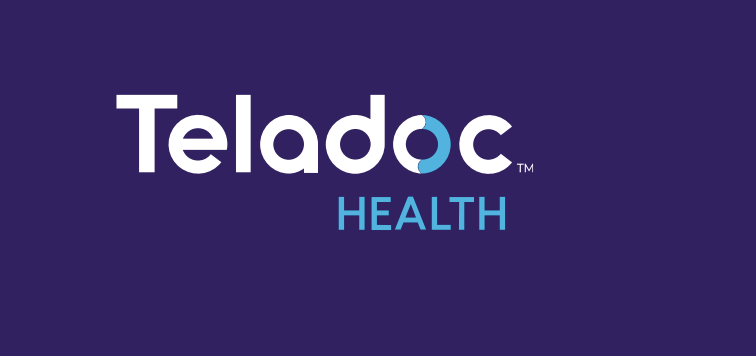
With this business model, Teladoc decided to move forward and launched the company nationally in 2005 during the Consumer Directed Healthcare Conference in Chicago. At this time, Michael Gorton was both the Chairman and CEO of the company. After it was launched nationally, many big companies started providing Teladoc services to their employees as a part of their healthcare benefits. By the end of 2007, Teladoc hit 1 million users.
Growth and Expansion
Soon Michael Gorton was replaced by Jason Gorevic and the funding rounds of the company began. In December 2009, Teladoc conducted its initial private funding rounds and raised $9 million. After a couple of years, it raised another $22.6 million. In 2011, Teladoc and Aetna embarked on a joint venture as Aetna started offering Teladoc exclusively to its insured members from Florida and Texas. In 2013, Teladoc acquired a company called Consult a Doctor for $16.6 million to bring more versatility to its platform and give small companies access to the service of Teladoc. By the end of 2013, Teladoc’s total funding money summed up to $46.6 million.
After the Affordable Care Act passed in 2010, many companies signed with Teladoc. The company witnessed a great increase in the number of users during 2013 and 2014. Many famous companies like Blue Shield, Oscar, Home Depot, T-Mobile, etc signed in with Teladoc. In 2014, Teldoc acquired AmeriDoc which was one of the biggest competitors of the company during that time. Another private funding round was conducted in 2014 where the company raised $50 million.
The company again made two big acquisitions in 2015, namely Better Help and Stat Health Services. Teladoc became a public company on 1st July 2015 and it was the only telemedicine company in the NYSE. Teladoc acquired the highest number of companies in 2015 and 2016 which includes Compile Inc, HealthiestYou, etc. Teladoc also started to expand its expertise in new fields such as dermatology, sexual health, and behavioral health.
Current Day Teladoc
In 2017, Teladoc made the biggest acquisition in its history as it bought a medical consultation firm called Best Doctors. In 2018, the company changed its name from Teladoc Inc to Teladoc Health. For the next couple of years, Teladoc also focused on acquiring international companies to strengthen its market in other nations. Last year, Teladoc made another big acquisition as it purchased Livongo Health for $18.5 billion.
Teladoc has always intended to stay clear of any major competitors by eventually acquiring them and thus it today has a huge number of services for every kind of patient. In Teladoc Health, there’s a huge diversity in types of medical consultation and virtual care. The company is currently thriving in the healthcare sector under the leadership of Jason Gorevic. He continues to be the CEO of the company since 2009.

Annasha Dey is an NIT student, who apart from studying engineering is also a content writer. She has a great interest in photography, writing, reading novels, and travelling as well. She is a foodie who loves socializing and hanging out with her friends. She is also a trained Kathak dancer and a big fashion enthusiast. Dey also loves watching TV series, which includes F.R.I.E.N.D.S. and Big Bang Theory. To be a better writer she prefers to read more
